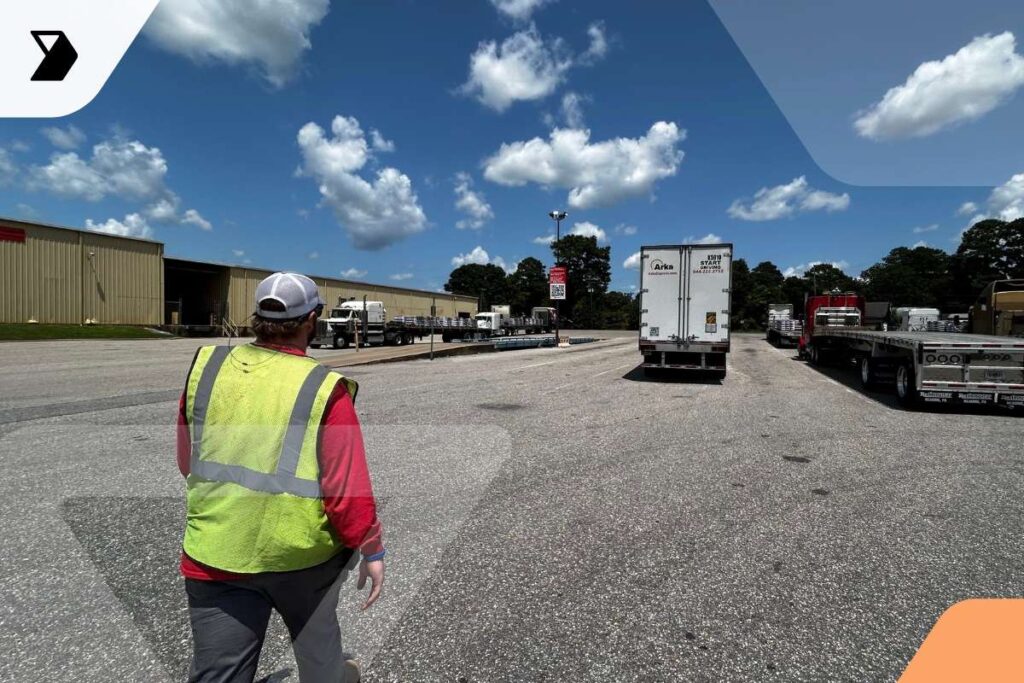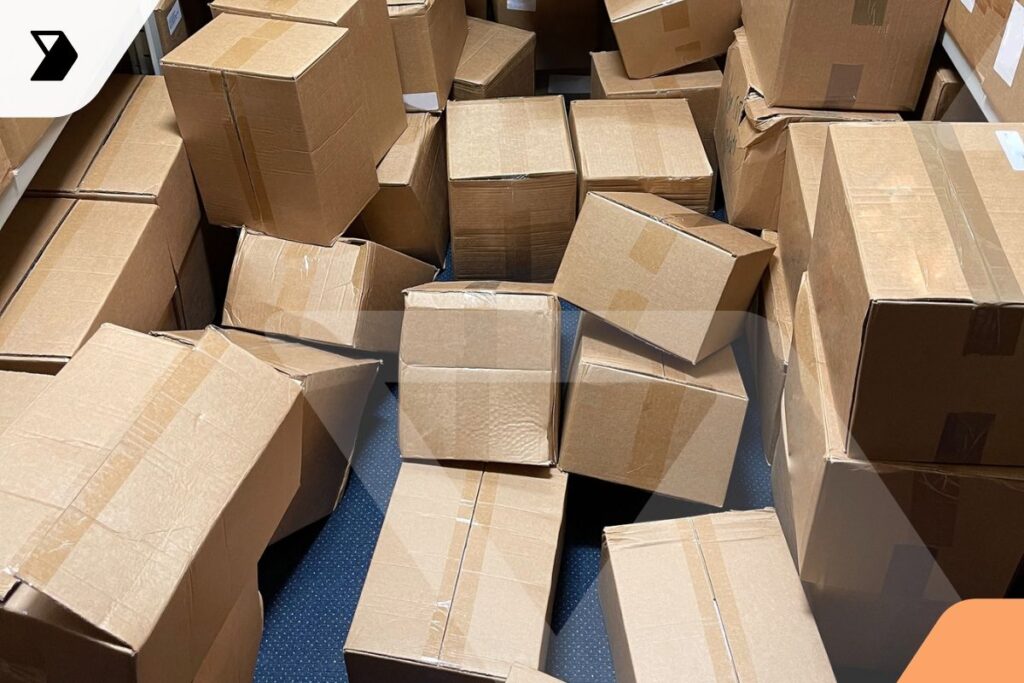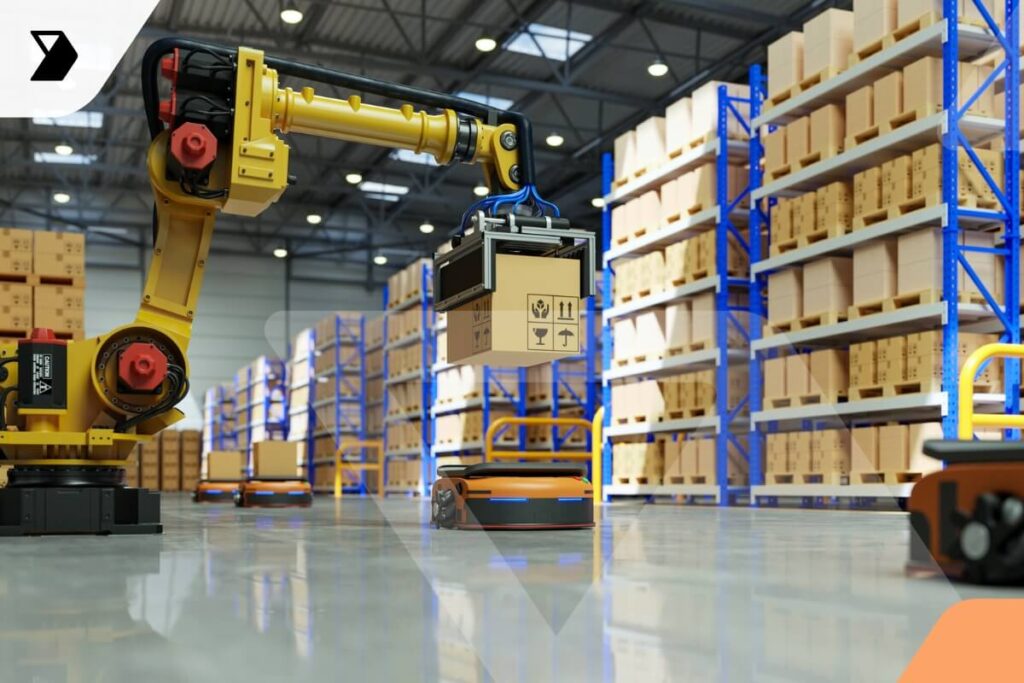Supply Chain Visibility: What It Is and Why It’s Important
Let’s face it: Managing a supply chain can be incredibly challenging. It’s even harder than staying awake in rush hour traffic on I-95—without any coffee or Red Bull.
Ready to transform your supply chain?
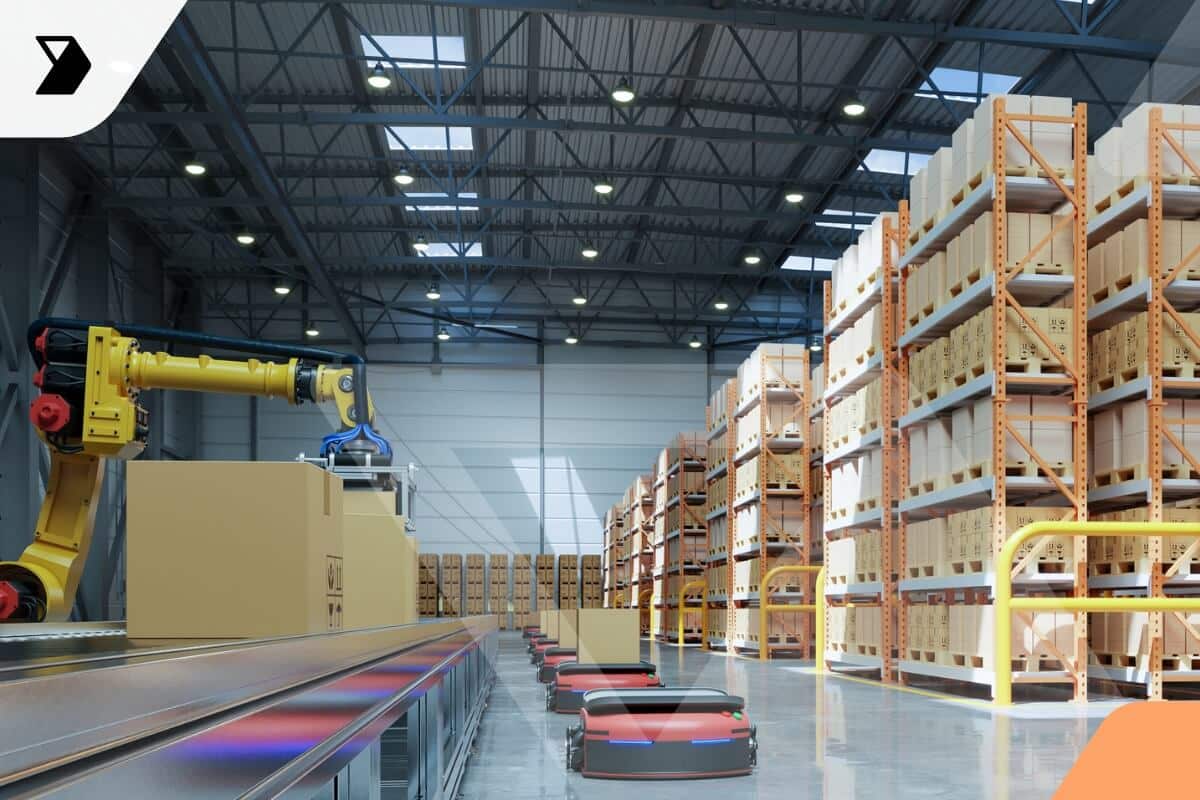
However, supply chain efficiency is one of the most important aspects of manufacturing and shipping. Don’t overlook it! Conducting a manufacturing or shipping operation with an inefficient supply chain is a recipe for disaster.
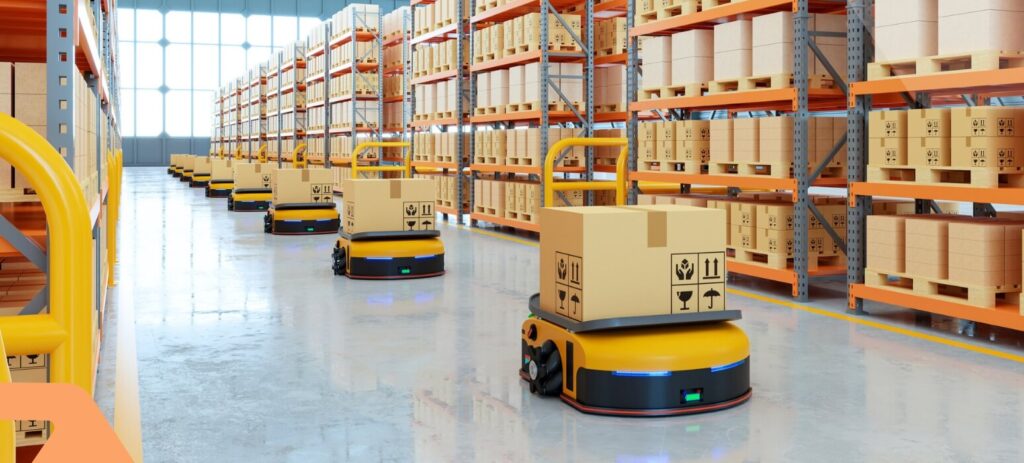
Here’s some good news: Recent advances in supply chain visibility make it faster and easier than ever to track products as they move from point to point. The days of difficult supply management are falling by the wayside as we move deeper into the digital era.
Keep reading to learn more about the importance of having true supply chain visibility and what you can do to achieve it.
First Up: What Is Supply Chain Visibility?
As the name suggests, supply chain visibility refers to a company’s ability to track products and components—from the sourcing level all the way to the point when they reach the customer, and everywhere in between.
Today, companies are streamlining the overall visibility of their supply chain by using various digital tools and mobile technologies. By using cutting-edge solutions, companies can have a much easier time meeting deadlines, moving products, driving sales, and maintaining overall positive customer experiences. And as a result, they can have an easier time profiting and staying in business.
One of the top reasons companies are investing in supply chain management is because of something called the Amazon Effect.
In other words, Amazon has created a scenario where customers today have come to expect products on their terms—with accurate on-time deliveries. In fact, 44 percent of companies contend that Amazon is having a dramatic effect on their logistics and supply chain operations.
Now that we’ve covered what supply chain visibility is in general, let’s examine specific kinds.
Different Types of Supply Chain Visibility
Supply chains can be very complex. As such, there’s no single way to approach the overall visibility.
Rather, you can track products and processes using a variety of criteria, such as:
- Batch number.
- Date of manufacture.
- Safety and legal certification.
- Supplier information.
In addition, supply chain visibility can now also encompass transportation efficiency. It’s now possible to access granular data on items as they move from manufacturing centers to warehouse and delivery points.

The Benefits of Supply Chain Visibility
There are numerous benefits to investing in technologies that are focused on the visibility of your supply chain, such as sensors and mobile apps. Let’s look at the most important ones.
Benefit 1: Reduced Risk
It’s easy for enterprises to lose track of their overall supply levels when they lack end-to-end visibility and insight. That’s because inventory levels can often fluctuate rapidly based on demand, making it hard to fulfill orders. And when companies can’t fulfill orders, that can lead to significant shipping delays. This is particularly difficult during busy times of the year, like around the holidays, when orders need to be sent with urgency.
Visibility solutions over your supply chain now often use artificial intelligence (AI) to predict future demand and automatically make purchasing adjustments. In turn, this reduces the likelihood companies run out of items while also helping businesses avoid purchasing too much inventory.
Benefit 2: Improved Communication
Further problems can arise when global teams lack real-time insight across the supply chain, making it harder to make timely decisions. Communication breakdowns and data silos can make it impossible for supply chain partners to plan accordingly and make appropriate shipping arrangements.
For example, imagine a partner executes a deal that requires an immediate shipment for a particular product. Unfortunately, it turns out that the item is on backorder for six months. As a result of this oversight, the partner is on the hook for the shipment—a difficult position to be in.
Companies can avoid this by providing instantaneous access to systems and data, resulting in seamless product movement from point to point with fewer mistakes. As such, stronger communication is one of the top benefits of gaining visibility over the entire process.
Benefit 3: Enhanced Analytics
Data is the fuel of modern businesses. Today’s supply chain visibility solutions can provide a steady stream of data for teams, making it easy to track items and see how they’re moving en route to customers.
By analyzing supply chain data, companies can have a much better sense of how their supply chains are functioning. This leads to better decision making over time and smoother overall operations.
For example, employees at a warehouse might analyze their data and notice that certain shipments are in high demand for a big customer during the winter months. Using this information, they might choose to strategically move a large shipment of items closer to the customer’s location to reduce long-haul shipments, thereby leading to faster and more efficient deliveries.
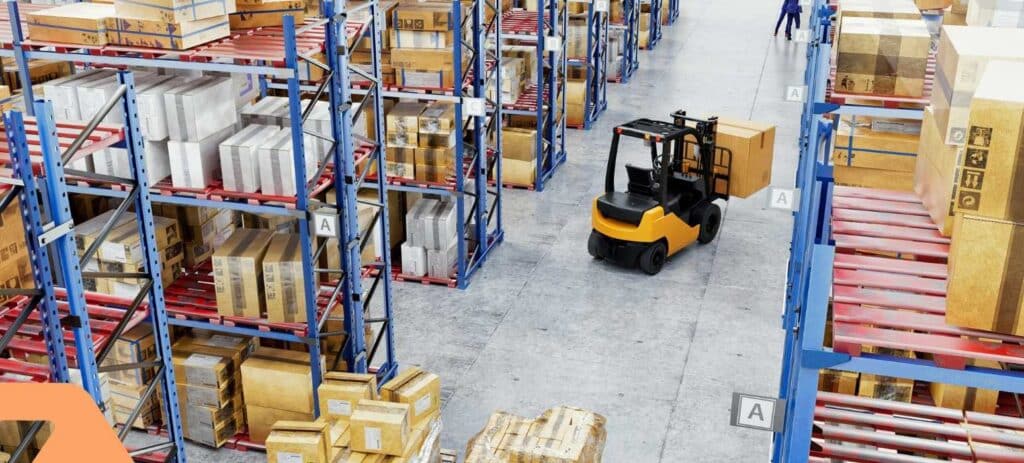
Tips and Techniques to Improve Supply Chain Visibility
Here are some strategies that companies can use to improve overall visibility:
Strategy 1: Reduce Paper
One of the top reasons companies struggle with visibility is because they’re using outdated and ineffective paper-based reporting systems. Using paper to manage supply chain communication results in a system where information moves more slowly. It’s that simple. In addition, paper invoices can be lost, stolen, or manipulated, presenting further complications.
Best practices call for ditching paper entirely and moving forward with digital transformation. For the best results, use mobile forms to capture data and instantly transmit it to various stakeholders.
Strategy 2: Add a Real-Time Communications Mechanism
In addition to digital reporting, teams should also have a real-time communications mechanism in place to transmit messages and provide alerts.
Mobile communication is now a staple for supply chain visibility. Stakeholders need to be kept in the loop about important updates throughout the day.
Strategy 3: Use the Internet of Things (IoT)
Many manufacturing and shipping providers are now using IoT sensors to capture data in real time. IoT devices can be used in conjunction with real-time analytics engines in order to process large batches of data and transmit them along the supply chain.
The IoT is therefore an integral part of visibility. It helps companies obtain and share data much faster and more efficiently than they could in the past.
One of the most common examples of this is onboard vehicle sensors, which can provide real-time updates as items move in transit. Another example is warehouse sensors, which automatically track how many items are being pulled throughout the day.
The Risks of Delaying Supply Chain Visibility
Of course, not every organization wants to hear about the need for supply chain visibility. Many old-school shipping companies still exist. And many of them are skeptical about how technology can help drive stronger results.
Make no mistake about it: Companies that avoid or delay streamlining supply chain visibility will no longer be capable of competing in today’s increasingly automated and digitized environment. As competitors continue to invest in workflow automation and supply chain tracking, they will continue to speed up their operations. This in turn improves their chances of providing faster and more effective service.
It makes much more sense to join the digital revolution and invest in supply chain visibility now—before it’s too late. This is something that all manufacturing and shipping providers should take to heart.
How Vector Can Help With Supply Chain Visibility
Vector offers highly customizable mobile solutions that you can use to digitize all aspects of supply chain management. As a result, you improve collaboration and benefit from instantaneous data capturing.
What’s more, you can also use Vector to digitize forms, streamline data processing, and enable rapid communication between team members. With the help of Vector, obtaining supply chain visibility has truly never been easier.
To improve supply chain visibility at your organization, learn more about custom solutions.
This post was written by Justin Reynolds. Justin is a freelance writer who enjoys telling stories about how technology, science, and creativity can help workers be more productive. In his spare time, he likes seeing or playing live music, hiking, and traveling.
Subscribe to stay updated on Vector and logistics trends
Continue reading
Ready to transform your supply chain?
Increase efficiency and productivity. Say goodbye to delays, handwriting errors, and time-intensive manual data entry.

